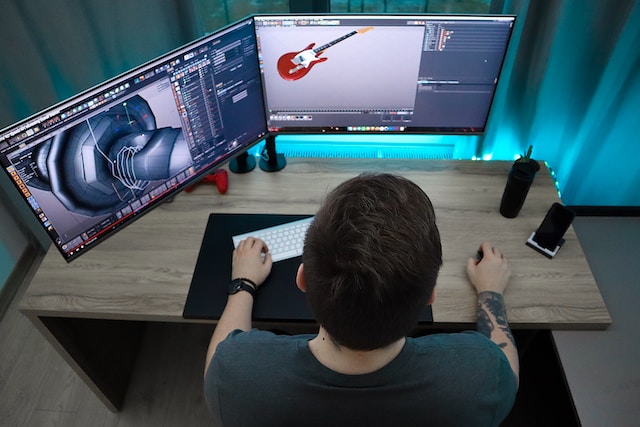Animation has been a popular storytelling medium for centuries, captivating audiences with its unique blend of art and technology. From the early days of flipbooks and shadow puppets to today’s advanced computer-generated imagery (CGI), animation has come a long way. In this article, we will explore the history of animation, its evolution over the years, and how the advancements in technology have revolutionized the animation industry, focusing on the quality and usability of current animation techniques.
The Early Days of Animation
The roots of animation can be traced back to prehistoric cave paintings that depicted animals in various stages of movement. Early animation techniques relied on basic principles of persistence of vision and the phi phenomenon to create the illusion of movement. Devices such as the zoetrope, thaumatrope, and phenakistoscope were invented in the 19th century, using these principles to produce simple animated images.
In the early 20th century, cel animation became the standard method for creating animated films. Pioneered by artists like Winsor McCay and Walt Disney, cel animation involved drawing characters on transparent sheets called cels, which were then placed over painted backgrounds and photographed frame by frame. This technique allowed for smoother and more detailed animations, paving the way for classic animated films such as Snow White and the Seven Dwarfs and Fantasia.
The Transition to Digital Animation
The advent of computers and digital technology revolutionized the animation industry. In the 1960s, computer-generated imagery (CGI) was introduced, enabling animators to create complex 3D models and realistic visual effects. Early CGI animations were limited by the processing power of computers at the time, but as technology advanced, so did the capabilities of digital animation.
The release of Toy Story in 1995 marked a turning point in the animation industry. As the first full-length CGI-animated film, Toy Story showcased the incredible potential of digital animation to create lifelike characters and immersive worlds. This success led to the rapid growth of CGI animation in films, television, and video games, eventually overtaking traditional cel animation in popularity.

Current Animation Techniques: Quality and Usability
Today’s animation techniques are more advanced than ever, offering unparalleled quality and usability. Modern CGI tools and software allow animators to create detailed, realistic 3D models and environments, as well as fluid and lifelike character movements. Techniques such as motion capture and performance capture enable animators to record an actor’s movements and facial expressions, translating them directly onto an animated character for a more natural and realistic performance.
The increased quality of current animation techniques has expanded the possibilities for storytelling, allowing animators to tackle complex narratives and themes that were previously difficult to convey through animation. This has led to a surge of critically acclaimed animated films and series that appeal to audiences of all ages, such as Pixar’s Inside Out, Studio Ghibli’s Spirited Away, and Netflix’s BoJack Horseman.
In terms of usability, modern animation software has become more accessible and user-friendly, making animation a more attainable art form for both professionals and hobbyists. Programs like Blender, Toon Boom, and Adobe Animate offer a range of tools and features for 2D and 3D animation, catering to various skill levels and budgets. Additionally, online resources and tutorials have made learning animation techniques more accessible than ever.
Conclusion
The evolution of animation has been marked by continuous advancements in technology and creative techniques, transforming it from a simple art form to a powerful storytelling medium. Today’s animation techniques offer exceptional quality and usability, enabling artists to create vivid, immersive worlds and characters that captivate audiences worldwide. As technology continues to advance, the possibilities for animation are boundless, ensuring a bright and exciting future for the medium. Emerging technologies like virtual reality (VR), augmented reality (AR), and artificial intelligence (AI) are opening up new avenues for animation, pushing the boundaries of what is possible in terms of storytelling and interactivity. As animators and studios continue to experiment with these cutting-edge technologies, we can expect even more innovative and engaging animated content in the years to come. The enduring appeal of animation lies in its ability to capture our imagination and transport us to new worlds, and with the ever-evolving tools and techniques at our disposal, the sky’s the limit for this mesmerizing art form.
